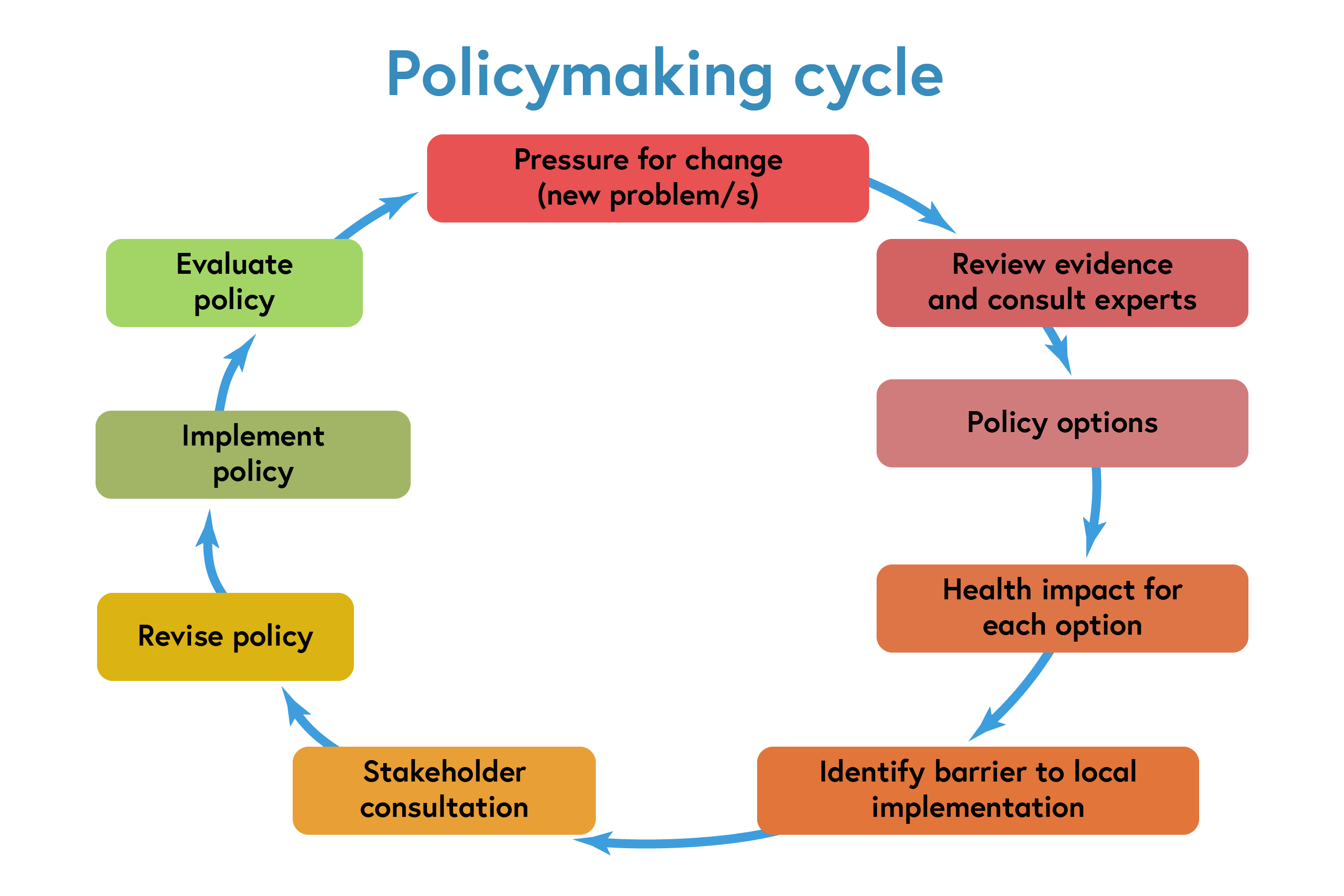They can motivate healthy habits, but other elements apply greater influences on diet, exercise, sexual routines, alcohol and other drug use, and needle exchange practices (Woolf et al., 2011). Pediatricians can remind moms and dads to protect their kids in vehicle seats, but they can not manage automobile crashes. Physicians can screen for and deal with depression and look out for self-destructive ideation and indications of household violence but they have restricted impact on the frequency of guns or the societal conditions that precipitate criminal offense and violence.
health disadvantage to shortages in the public health or healthcare system is that countries with better health outcomes lack constant proof that their systems perform much better. In some countries, patients are most likely to report problems. For instance, Sweden consistently ranks amongst the healthiest nations in the OECD, but, in the Commonwealth Fund surveys, its patients were more most likely than U.S.
Sweden has high hospitalization rates for unchecked diabetes (Figure 4-4). In 2007, Switzerland had the greatest male life span among the 17 peer nations (see Table 1-3, in Chapter 1), however the schedule of basic specialists is the 2nd most affordable (see Figure 4-1). Australia has the second highest male life span of the peer nations (see Table 1-3, in Chapter 1), however it has the fifth greatest case-fatality rate for ischemic stroke (OECD, 2011b).
Numerous possible explanations might represent these disparities. The easiest is that healthcare matters little to health, a thesis that some have advanced as part of a more basic argument that health is shaped mostly by the social and physical environment. Indeed, some studies have already questioned whether there specifies evidence to link the health care system as the cause of the U.S.
A second possibility is that health care does matter but that just particular aspects impact outcomes. For example, deficiencies in mammography screening or printing medication lists might not matter, and countries with consistently remarkable health results may master the facets of health care that are substantial. Healthcare may also matter more in certain locations or for certain client populations.
The 2-Minute Rule for What Country Spends The Most On Health Care?
Longer life span and improved health is probably traceable to some combination of health system characteristics and these other private and neighborhood conditions, but the Mental Health Facility specific contribution of each element is unidentified and might differ over place and time. A life-course viewpoint adds extra complexity to the analysis since distinctions in health outcomes might relate not only to contemporaneous qualities of health systems, however also to those that existed years previously when current conditions or illness were establishing.
For such conditions, shortages in primary care in the 1970s and 1980s might discuss present death rates better than the functions these days's health systems. The existing health system matters more for care conditions that lead straight to health outcomes, such as birth results and survival after an auto accident or gunshot injury.
health system may add to or ameliorate the U.S. health downside. Similar worldwide information for meaningful reasonings need much better data on both reliant (health outcomes) and independent variables (health systems). Although information from the OECD and WHO supply some comparative information on a handful of health system procedures, these are much like the secrets under the lamppost.
Few indications for evaluating the different dimensions of health care have been established or undergone appropriate scientific validation. In particular, questions utilized on surveys such as those conducted by the Commonwealth Fund, which are extensively cited in this chapter, have unidentified correlations with health results and might have variable meanings across countries - senate health care vote when.
Some questions utilized by the Commonwealth Fund alter from year to year; these modifications offer brand-new insights on health systems, but they make it tough to compare results across time. The Commonwealth Fund gives equal weight to each step; some weighting is most likely required, but an empirical basis is lacking to understand which characteristics patients value more highly or are more predictive of health results.
Examine This Report on Which Of Drug and Alcohol Treatment Center The Following Is Not A Problem With The Current Health Care System In The United States?
In the first major attempt to rank health care systems, the WHO World Health Report 2000 introduced a ranking based on health attainment, equity of health results, "patient responsiveness," and "fairness of monetary contributions" (World Health Organization, 2000b). The U.S. health system ranked 37th based upon this method, however the measures, approaches, and data were slammed (Jamison and Sandbu, 2001; Navarro, 2002).
In 2008, WHO identified 5 shortcomings in health care shipment that are found in systems around the world: inverted care, impoverishing care, fragmented and fragmenting care, hazardous care, and misdirected care (World Health Company, 2008b). International health experts have actually not reached agreement on the optimum parameters for determining and tracking the efficiency of nationwide health systems.

The capacity of different countries to collect appropriate information and to do so systematicallyusing consistent sampling treatments, data collection strategies, coding practices, and measurement intervals (e. g., each year) is challenging for useful reasons and limited budget plans. To point out simply one example, patient safety http://landenycjm893.bravesites.com/entries/general/the-basic-principles-of-which-statement-about-gender-inequality-in-health-care-is-true- indications for hospital care are not standardized across nations (Drsler et al., 2012).
International studies face methodological obstacles that introduce sampling biases. One example is study approach: some studies have actually utilized a mix of landlines and mobile telephones to carry out interviews, and some nations have low reaction rates or mobile telephone use. Adults with intricate conditions, low earnings, or language barriers may be undersampled.
The research study challenges and concerns to deal with these spaces in the science are discussed even more in Chapter 9, together with recommendations to fix the problem. Despite these restrictions, the existing proof is certainly sufficient for the panel to conclude that public health and medical systems in the United States have essential drawbacks, a few of which seem more pronounced in the United States than in other high-income countries. what is essential health care.
Not known Details About When An Employee Takes Fmla Leave
The troubles Americans experience in accessing these services and receiving high-quality care, as documented in this chapter, can not be neglected as a potential factor to the U.S. health downside. 1Examples of main prevention consist of smoking cigarettes cessation, increased physical activity, administering immunizations to eliminate susceptibility to contagious diseases, and assisting individuals prevent hazardous environmental direct exposures (e.
Secondary prevention consists of early detection of diseases and threat consider asymptomatic individuals (e. g., cancer and serum lipid screening). 2The larger public health system consists of not just public health agencies, but also public and private entities included with food and nutrition, physical activity, housing and transportation, and other social and economic conditions that impact health (Institute of Medication, 2011e).
3The very same studies estimate that between 44 and 72 percent of the fall in mortality arised from a decrease in cardiovascular danger elements (smoking, lipids, and blood pressure); see Chapter 5. 4Although a body of evidence recommends that a big percentage of healthcare spending in the United States is associated with waste and inadequacy (Berwick and Hackbarth, 2012), the high intake of health care resources may also be the item of the U.S.
